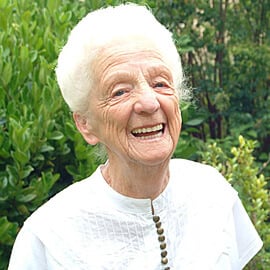Heart, stroke and blood vessel disease kills one Australian every 10 minutes.
- Affects more than 3.5 million Australians.
- Prevents 1.4 million people from living a full life because of disability caused by the disease.
- Was suffered by one in six Australians in 2004, and affected two out of three families.
- Claimed the lives of almost 48,000 Australians (35 percent of all deaths) in 2004 - deaths that are largely preventable.
Five steps to reduce your risk of heart disease
- Be smoke-free. Stopping smoking is the single most important thing you can do to reduce your risk of coronary heart disease.
- Enjoy healthy eating - reduce the amount of saturated fat you eat. Saturated fat is found in fatty meats, full cream dairy products, butter, coconut and palm oils, most fried take-away foods and commercially baked products. Replace saturated fats with moderate amounts of monounsaturated and polyunsaturated fats such as canola, olive, sunflower and soybean oils.
- Be physically active. The body is designed to move, and regular physical activity is good for the heart. The Heart Foundation recommends 30 minutes or more of moderate intensity physical activity (such as brisk walking) on most days of the week. Try shorter bouts if more convenient i.e. three 10-minute walks.
- Control blood pressure - have regular blood pressure checks. If your blood pressure is high, reduce salt intake, limit alcohol to two drinks or less daily and follow your doctor's advice. Long-term medication may be required to manage high blood pressure.
- Maintain a healthy weight. Being overweight and carrying too much weight around the waist are risk factors for coronary heart disease and diabetes. Healthy eating and being physically active assists weight loss and in turn, is good for your heart.
What are the warning signs?
You may experience more than one of these symptoms:
- Pain in the chest. A heart attack usually causes discomfort or pain in the centre of the chest. The pain may come on suddenly, or sometimes starts slowly, developing over minutes. It may feel like tightness, pressure, heaviness, fullness, or squeezing. The feeling has been described as: ‘like a steel band tightening around my chest,' ‘like an elephant sitting on my chest,' or ‘like a red hot poker in the centre of my chest'. The pain may be severe, moderate or even mild.
- Pain spreading. The chest discomfort may spread to the neck and throat, jaw, shoulders, the back, either or both arms and even into the wrists and hands.
- Discomfort in the upper body. Some people do not get any chest pain - only discomfort in parts of the upper body. There may be a choking feeling in the throat. The arms may feel ‘heavy' or ‘useless.'
- Other symptoms. Often there may also be difficulty breathing, nausea or vomiting, a cold sweat or a feeling of being dizzy or light-headed.






